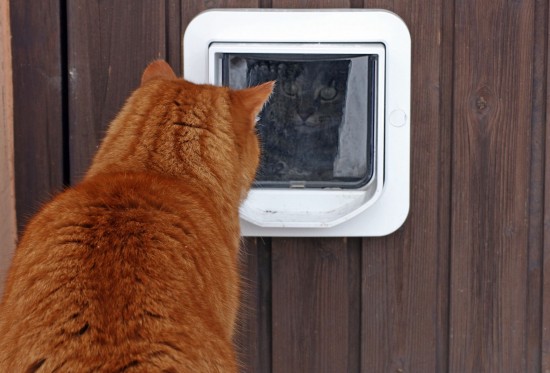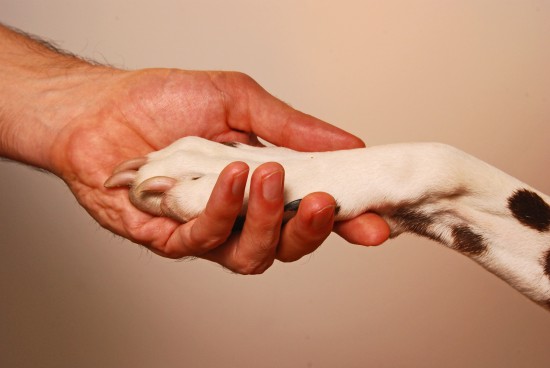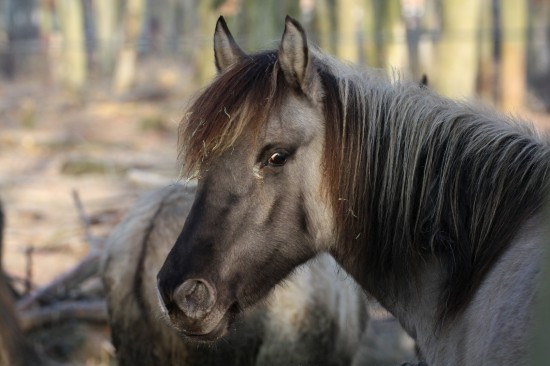

Yeast growth can be detected by the immune system, which may then see the yeasts as a threat, and initiate the production of antibodies to fight them. This can then lead to sensitivity to the yeasts (although this is not a 'classic' allergy). If this happens, the immune system cells will release chemicals that make the gut wall more permeable, allowing parts of the yeast cells to escape from the gut. This will make the immune system attack the yeasts all the more, increasing the sensitivity. The increased permeability may also allow an increase in the number of large food molecules escaping through the gut wall, which may cause or exacerbate food sensitivity to other ingredients. This is called “leaky gut syndrome”.
Alternatively, food allergy / sensitivity may itself cause a leaky gut, and this may lead to the development of yeast sensitivity. It may not always be clear which came first. If antibodies are produced to attack the yeasts, these antibodies may cross-react with yeasts that are eaten. If your dog’s digestion is normal, then it is less likely that he or she is allergic to nutritional yeast, and more probable that the body is reacting to the yeasts that are growing in/on the body.
Canine allergies to nutritional yeast are rare, although it may sometimes be the case that a dog reacts adversely to it. More commonly the reaction is to the systemic type of yeast growing on the skin or ears which likes warm, moist areas in which to grow.
With yeast being an opportunistic organism (i.e. one which proliferates when the immune system is depressed) it is important to take care of the digestive system which is very closely linked to the dog’s immunity. It’s important to important to choose a diet which:
A dog may well be reacting adversely to the yeast in his ears / on his skin but as mentioned, unless he is known to be allergic to nutritional yeast (which is not the same as the yeast growing in his ears) there is not usually any reason why he cannot eat a pet food which contains yeast. Yeast is actually a really good source of the B vitamins, zinc and beta-glucan (which is an immune boosting ingredient that attacks cellular debris and pathogens; and releases immune supporting cytokines, which provide antioxidant support). It is a common misconception that eating yeast will make a yeast infection worse, because what yeast infections like best are simple sugars, so for this reason your dog’s diet should only contain a moderate carbohydrate proportion.
Some say you should not feed a dog with a yeast problem any grains at all, but the problem with commercial diets is that if they are grain-free, they often include potato instead! Potato has its own controversy in that people with candida are often advised to completely eliminate potatoes from their diet because they grow underground and the skin can hold candida cells and has the potential to put more yeast into the system. However, potato within extruded pet food is cooked at such a high temperature that these cells would not survive. Another caution (again pertaining to human nutrition) more so than to dogs, is that potato starch is quite quickly converted into sugar and thus could be used as a food source for existing yeast colonies. However there are many other food sources commonly used in commercial dog food which may be more provocative than potato.
Some suggestions for dogs with yeast allergies or overgrowth:
First and foremost, please do seek veterinary advice. Yeast proliferations such as Malassezia will require medicated shampoo to treat the condition.
 Nipping Signs Of Resource Guarding In The Bud While Your Puppy Is Young
Nipping Signs Of
Nipping Signs Of Resource Guarding In The Bud While Your Puppy Is Young
Nipping Signs Of
 How To Stop Other Cats Coming Through Your Cat Flap
How To Stop Other
How To Stop Other Cats Coming Through Your Cat Flap
How To Stop Other
 Training A Deaf Dog
Training A Deaf D
Training A Deaf Dog
Training A Deaf D
 10 Unique & Rare Breeds Of Horse
10 Unique & Rare
10 Unique & Rare Breeds Of Horse
10 Unique & Rare
 How to take into account creating the best quality Horse fence?
How to take into account creating the best quality Horse f
How to take into account creating the best quality Horse fence?
How to take into account creating the best quality Horse f
Copyright © 2005-2016 Pet Information All Rights Reserved
Contact us: www162date@outlook.com